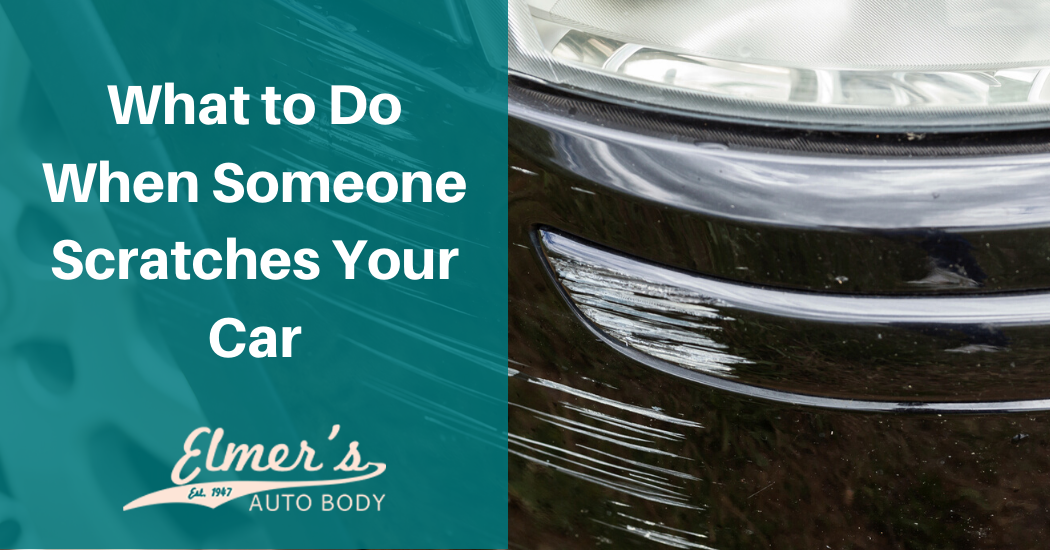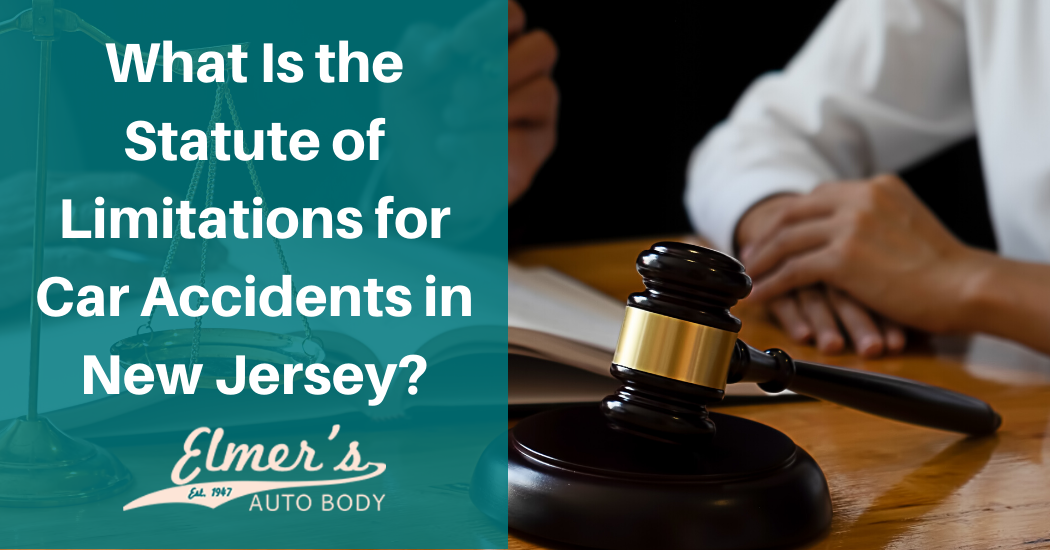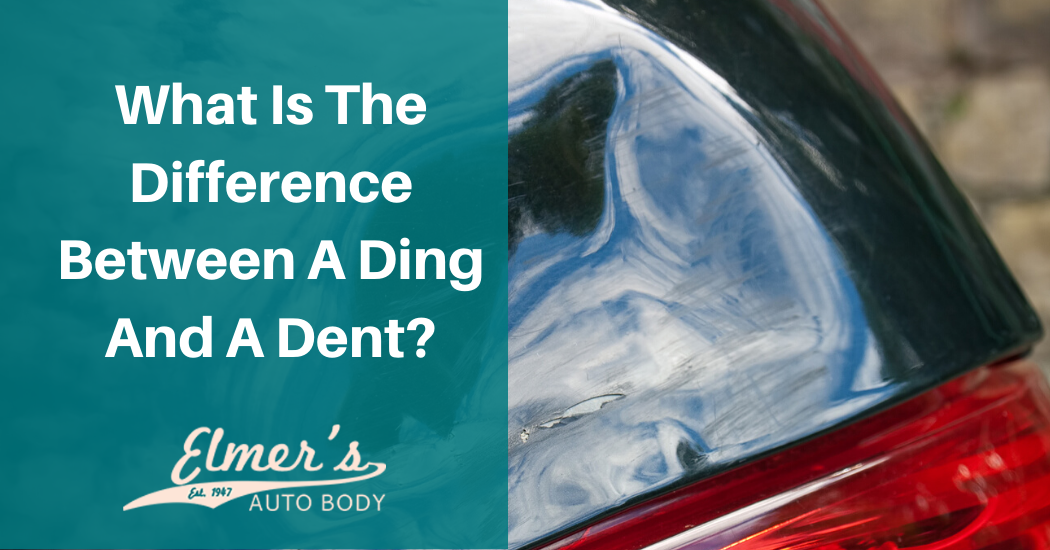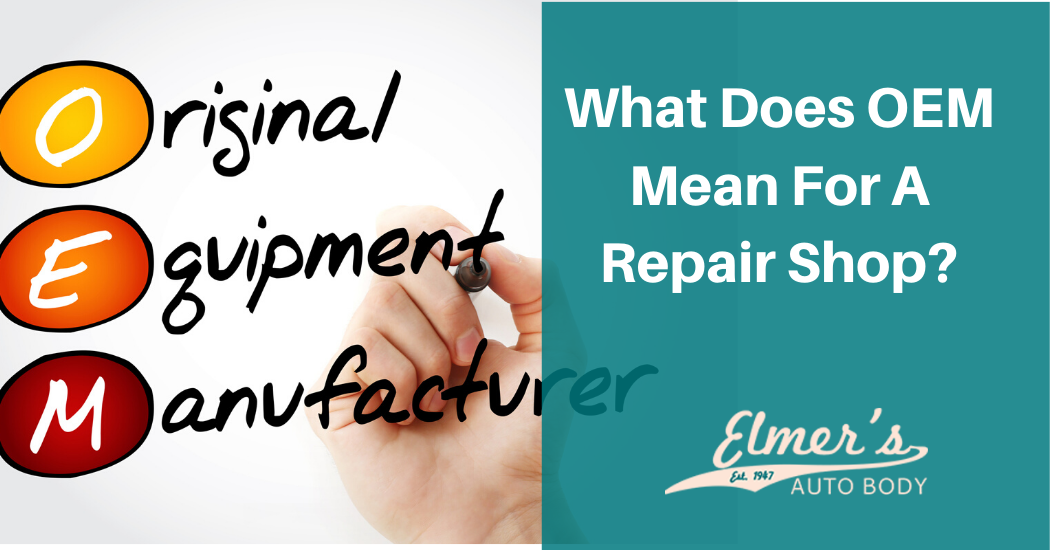We’ve all experienced the dreaded “scratches.” You come out from your work, the grocery store or the local mall and make your way to your parking spot only to discover that your vehicle has experienced scratch damage.
All the Usual Places
You can usually find scratches on the driver’s side of a vehicle or on the passenger side as well as other larger areas of a vehicle. Discovering any major scratch, especially on a newer vehicle, can be exasperating, maddening and nerve-racking. Once it happens, you wonder how you’re going to fix it all, and at what cost. So, how do you deal with any significant scratch or scratches? Here are some answers.
Dealing with Car Scratches
In relation to car insurance coverage, scratches are dealt with differently. There are factors that determine exactly what kind of coverage is necessary for the repair of various kinds or types of damage that are due to scratches. In addition, certain types of coverage govern whether a scratch or scratches can be repaired at all.
Scratch Category
The actual cause of a scratch or scratches will dictate whether your insurance is going to reimburse you for the damages. If you don’t carry the right type of coverage, your scratches may remain scratches, unless you fit the bill for the expense. Filing a claim will depend on the category of scratch and how it happened.
Insurance Breakdown
In order for a scratch or scratches to go through the repair process, certain kinds of insurance coverage are necessary. One insurance coverage, comprehensive, is part of that coverage. Though it is an optional coverage, it does safeguard a vehicle in the event that scratches occur in certain situations.
Scratches Covered by Comprehensive Insurance
To begin with, comprehensive insurance covers damage that is not within a driver’s control such as fire, natural disasters, vandalism, theft, windshield damage and other calamities. Coverage is necessary if you want to protect your vehicle against scratches and receive reimbursement for the repair costs.
Scratches that happen within the bounds of comprehensive coverage include:
- a runaway shopping cart that is driven by the wind, collides with a vehicle and causes a scratch or scratches
- defacement by a criminal deliberately scratching a vehicle with a car key or other device
- a falling object, like a tree branch, that falls on a vehicle and causes scratches
There will likely be a deductible with comprehensive coverage which means paying that before insurance will take effect and payment made for any repairs. If a scratch or scratches occur because of deliberate defacement or vandalism, making a police report is the first step in the process. Filing an insurance claim is the next step but only if the policy includes comprehensive coverage on the vehicle. A deductible is taken and any remaining repair costs are covered by the insurance policy.
Scratches Covered by Collision
When it comes to collision insurance and dealing with scratches, this type of coverage applies to a vehicle that hits an object and the damage results in a scratch or scratches. Many times scratches are hard to avoid particularly when the circumstances are such that there is not enough maneuvering room to get out of a tight situation. There will be a deductible to fulfill with collision insurance. Damage from a scratch will fall under that deductible rule unless another person (other than the driver) was the cause of the damage.
Scratches that happen within the bounds of collision coverage include:
- Scratches that happen in a car wash
- Scratches caused by sideswipes involving another vehicle
- Scratches from barely rubbing or scraping against a stationary object (light pole or mailbox)
- Scratches from a car door that hits your parked car
- Scratches that occur during driving because of tree branches
Anonymous Scratches
It’s hard to know what to do when there are no clues as to how your vehicle was scratched. A claim can still be filed and the circumstances discussed with an insurance claims adjuster. A good claims adjuster will be able to assess the damage and pretty much determine how the scratch or scratches occurred. More serious scratches are usually caused through a collision but it will be up to an adjuster to determine that.
Do-it-Yourself Repair
If you’re up to repairing your own vehicle scratches, there are numerous sources of information on and offline with detailed repair tips. So, if an insurance claim is hard to determine, the DIY route for repair may be the way to go.
Scratch damage varies as well as the costs to repair them. Once you have a valid insurance claim or simply need to repair scratches quickly and aren’t covered by insurance, it’s best to get a few estimates as to the cost of repairs. If you’re unsure as to what to do about those nasty scratches, complete the online contact form and an expert will get back to you with the answers you need to make a decision.






